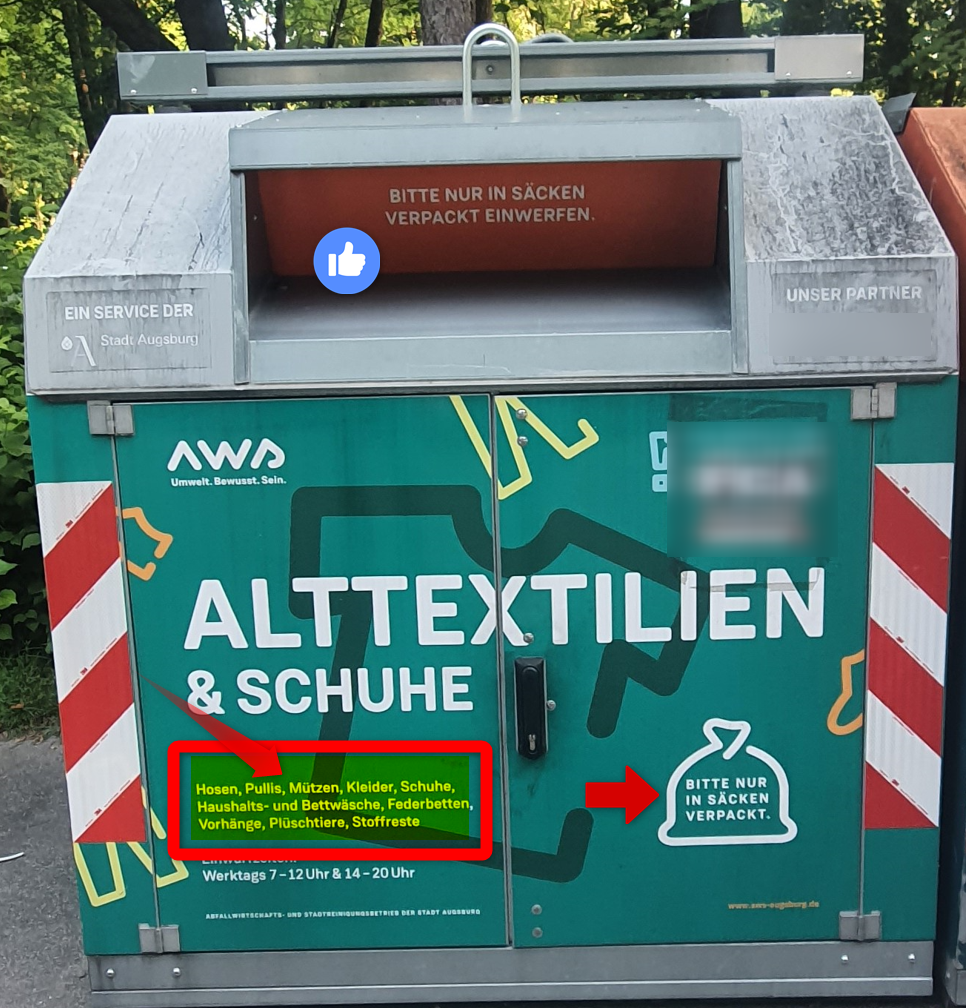Good to know - textiles in figures
- 53 Mio tons of textiles land on landfills every year.
- 25% of collected textiles are sorted by hand
- 40% of collected textiles can be reused (second hand-market)
- 50% are un-wearable and go into recycling: wiping & polishing clothes, nonwoven fabrics, paper industry
- 1% of collected textiles are going to be new textiles
- 10% land on landfill (or are incinerated to produce energy)
We distinguish two categories of textile waste. Pre consumer waste produced at the industrial stage of the textile production and post-consumer waste discarded garments and household articles. The first category is the easiest and best to recycle, due to the known origin and the pollution grade.
♻ The textile recycling process
The recycling process aims to recover fiber, yarn, fabrics and reprocessing the textile into useful products, such as cotton, spandex, PET (plastics), nylon (polymer), and viscose.
The process is very challenging: collecting, sorting & quality control (removing zippers, sorting by colors to avoid re-dying and bleaching). Followed by mechanical (most common, shredding, washing, molding, extrusion) or chemical processes (not yet widely used).
Scarcity of raw materials, sustainability & circular-economy-goals, and a growing awareness in the society push companies and innovative start ups to create new materials out of waste.
Scandinavian countries are pioneers in textile recycling and products made from recycled textile materials, including pre and post-consumer waste fibers.
Just to mention few of them...
Companies that make products from recycled textile materials:
- Patagonia, Everlande, Lindex, Pure Waste, Heave Eco - sell sustainable clothes
Lindex, Pure Waste and H&M include pre-consumer waste fibers withing their new clothing lines
Is your company name missing in the list?

